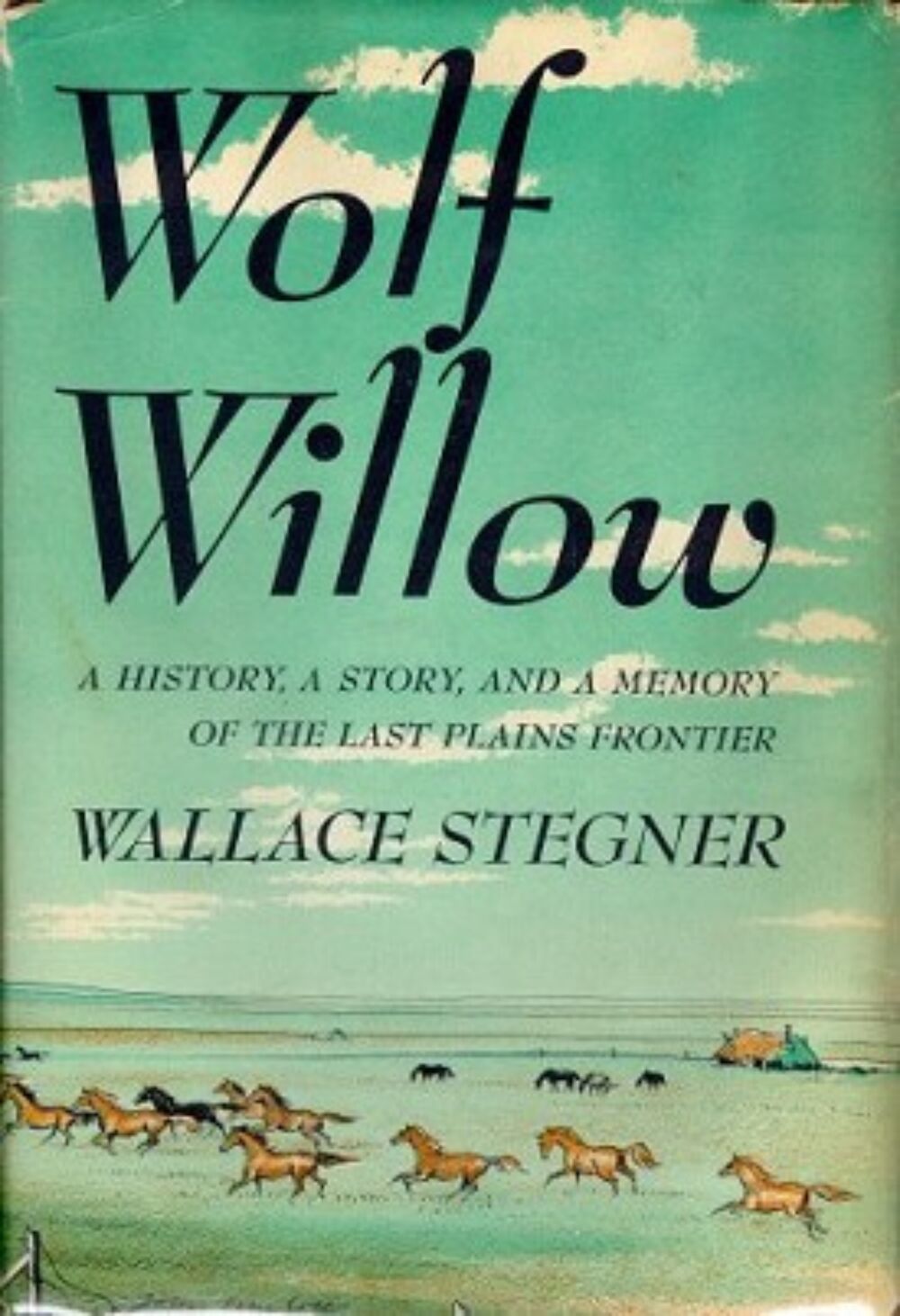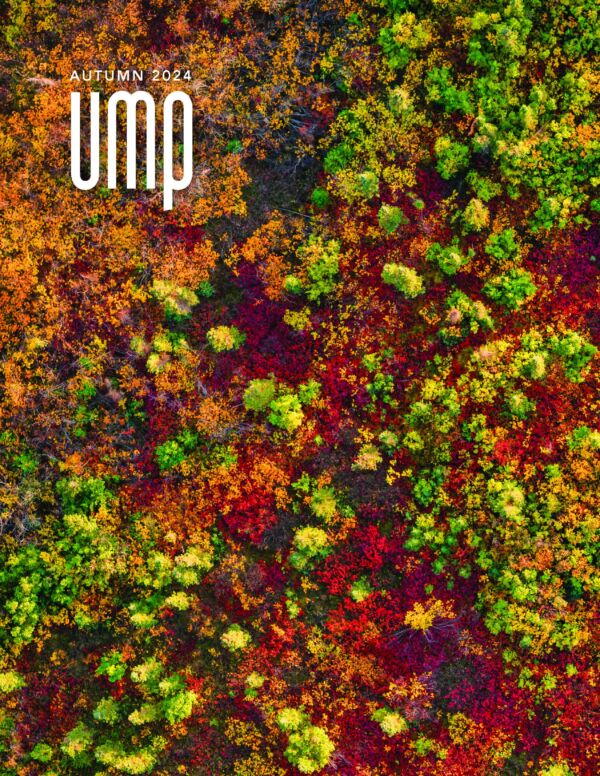Every writer builds on the stories told by others, and I am no exception. In thinking my way through Forest Prairie Edge: Place History in Saskatchewan, I held a few books in my mind as guides. They are, in no particular order:

Wallace Stegner, Wolf Willow: A History, a Story and a Memory of the Last Prairie frontier (Toronto: Macmillan of Canada, 1955). Stegner’s lyrical, beautifully crafted book gifts its readers with a bit of history, a few personal memories, and some local stories from the Eastend/Whitemud region of Saskatchewan. Stegner spent his boyhood there on a homestead, soaking up sunshine and prairie culture in equal measure. A fantastic mix of fiction and non-fiction, Wolf Willow is storytelling at its best.
David C. Jones, Empire of Dust: Settling and Abandoning the Prairie Dry Belt (Calgary: University of Calgary Press, 2002; first published 1987). This book is dedicated to the people of Carlstadt, who grew ashamed of their German-sounding town name during WWI and promptly changed it to Alderson. Alderson is now a ghost town. Once an up-and-coming booming prairie town halfway between Brooks and Medicine Hat, Alderson is gone. Built from nothing, it grew fast, but was smashed by the prairie “Dryland Disaster”: the “long catastrophe” of deprivation and drought between 1914 and 1939.
Bill Waiser, Saskatchewan’s Playground: A History of Prince Albert National Park (Saskatoon: Fifth House Publishers, 1989). Bill Waiser offers an excellent coffee-table book that combines photographs and stories, maps and history. For someone like me who appreciates both connections to a particular landscape and change over time, Waiser’s book explores Prince Albert’s back yard as well as the creation and promotion of its iconic national park. I see the park as Saskatchewan’s statement: We are more than prairie. We are beautiful.
Frances W. Kaye, Goodlands: A Meditation and history on the Great Plains (Athabasca University Press, 2011). Goodlands considers and connects stories from across the 49th parallel, linking the Great Plains as a whole. I recommend this book not because I agree with it, but because it makes me uncomfortable, it makes me excited, and it helps me better see the cultural and physical landscape in which I live. I find myself yelling at the book, writing in the margins, and rereading passages in appreciation and in horror. It’s magnificent.
Posted by Merle Massie
July 23, 2014
Categorized as Reading Lists, Author Posts
Tagged art, environment, fiction, forest, history, prairie, saskatchewan, storytelling
Imagining Winnipeg shortlisted for On the Same Page Programme Grey Owl & Anahareo Tribute




